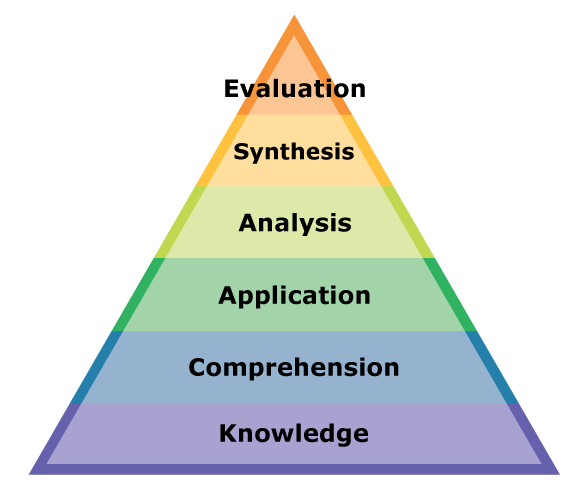Flipping the Classroom: A Practical Guide for Law Firms
By Chris Wedgeworth

Flipping the classroom works. Here’s what it is and how to do it at your firm.
What Is Flipping the Classroom?
Flipping the classroom is a pedagogical technique that’s become popular in both school and corporate learning settings. The idea, essentially, is to “flip” the traditional teaching format, where an expert lectures to a passive group of students largely unfamiliar with the particular topic, who then work through problems or exercises as homework. Instead, with a flipped classroom, they watch a video or read materials to learn the essential concepts before the class, and then spend the classroom time discussing a scenario or working through problems.
There’s a very good summary of the academic thinking behind it on Vanderbilt University’s Center for Teaching website. As they put it:
…this means that students are doing the lower levels of cognitive work (gaining knowledge and comprehension) outside of class, and focusing on the higher forms of cognitive work (application, analysis, synthesis, and/or evaluation) in class, where they have the support of their peers and instructor. This model contrasts from the traditional model in which “first exposure” occurs via lecture in class, with students assimilating knowledge through homework; thus the term “flipped classroom.” The reason flipping the classroom is so popular is that it works. Learning and development teams in companies have adopted the technique because of the improved learning outcomes and greater levels of satisfaction from both employees and instructors.
(The concept of the different levels of cognitive work comes from Bloom’s Taxonomy, shown in the image above.)
How Is It Relevant for Law Firms?
We think flipping the classroom can be the perfect fit for law firms that are trying to provide their associates with better legal and business training. For professional development teams, it’s a way to offer training programs that are more interesting than traditional lectures (which are often met with yawns or confused looks by young lawyers), while still involving subject matter experts at the firm.
For example, instead of a partner showing up and talking to a room full of people that don't know much about the topic (and who therefore won't be that engaged), you'd assign materials in advance so that people come to the session already familiar with the foundational concepts. This means that the in-person time can be spent discussing an actual scenario that the participants are familiar with, which is much more engaging for everyone.
You can use this training method for orientations, practice group training programs or training on firm policies and systems.
How to Do It at Your Firm
Organizing a flip-the-classroom training session is easier than you might think. We suggest five steps to make it work, which apply whether you’re doing a one-off proof of concept or building a wide-ranging program.
Choose an interesting, manageable topic. The topic should be something that’s practical, manageable and, above all, interesting to participants. We’ve heard from customers that substantive legal topics that are relevant to the audience’s practice work best – you have an audience that’s keen to learn, and no shortage of experts to choose from to run the in-person session.
Identify an expert facilitator. Finding the right person to run the live session is very important. You want someone who’s a good facilitator, who the audience respects and who people want to talk to. It doesn’t necessarily need to be the most senior or experienced lawyer: a senior associate or partner who’s good with people and knows their stuff is ideal.
Assign the pre-work. The pre-work is really important. We suggest that you don’t ask the facilitator to prepare the materials for pre-work – that makes their job so much more difficult and time-consuming, and will often cause the effort to fizzle out, as lawyers often get too busy with their day jobs. Instead, you could ask the associates to watch a Hotshot video or read a practice note from Practical Law before the training session. Video is ideal (as long as it’s short and practical) and appeals to millennials in particular. We recommend that the pre-work isn’t a lot of work – it shouldn’t take more than about 20 minutes to read or watch. You should also be clear about what the participants need to prepare. If you’re using Hotshot as the pre-work, ask them to read and prepare a response to one of our exercises (here are some examples you can use).
Run the session. When it’s time to run the live session, try to make it enjoyable and challenging for the attendees and to make sure that everyone has a chance to participate. If you’ve chosen the right facilitator, they won’t need to do much (if any) preparation on the substance because it’ll be an area they already know well. Instead, they can spend a few minutes before the session thinking through how they’re going to structure it so that the attendees find it a rewarding experience.
Get feedback. Once the session is over, make sure to ask for feedback. You should ask for input on the topic, the pre-work and the in-person session. It’s a good idea to make responses anonymous so that people give honest feedback.
It’s important to recognize that your first attempt may not be perfect – just try it, get feedback and learn how to make future sessions even better.